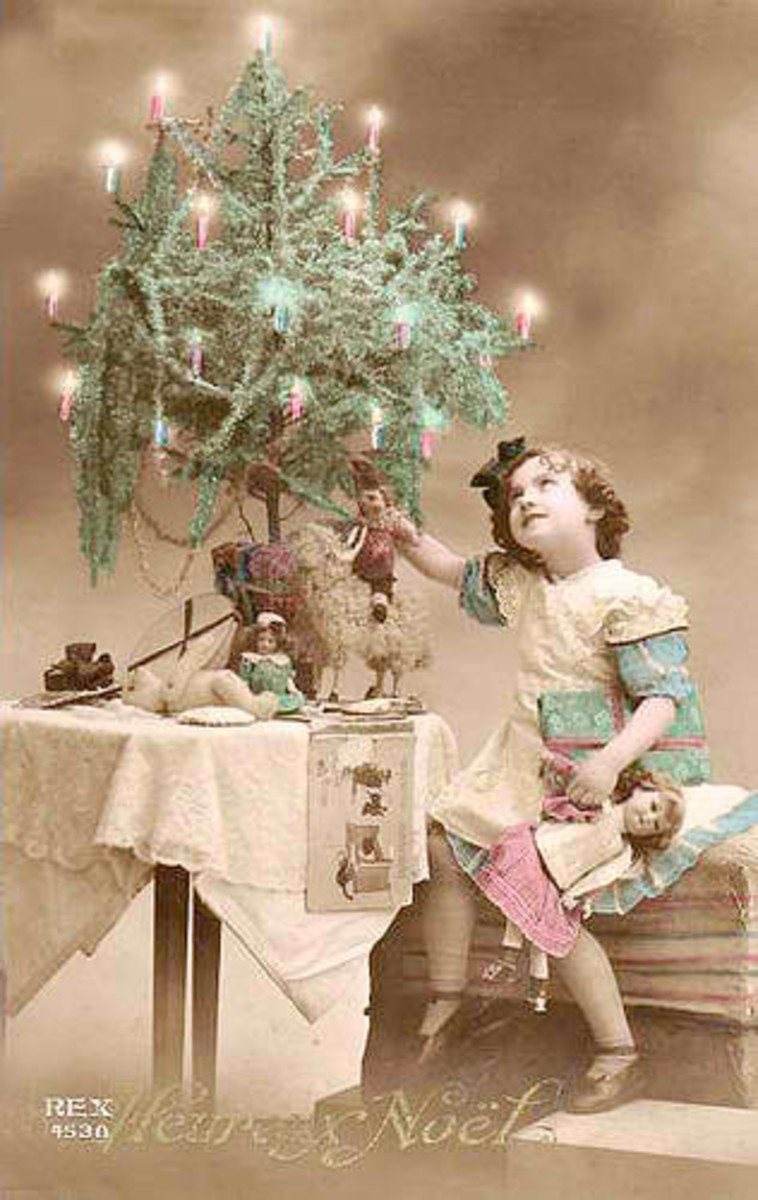As the holiday season approaches, we are transported back to the 1800s, a time when Christmas was celebrated with heartfelt traditions and charming decorations. In this article, we’ll delve into the festive spirit of the 1800s, exploring the decorations that adorned homes and public spaces. With personal anecdotes, historical insights, and helpful tips, prepare to experience a warm and inviting Christmas reminiscent of the past.
The Evolution of Christmas Decor
From Simple Beginnings to Elaborate Displays
In the early 1800s, Christmas decorations were relatively simple, focusing on natural elements. Evergreen boughs, holly, and mistletoe were popular choices to symbolize everlasting life and love. As the century progressed, elaborate displays began to take shape under the influence of changing social customs and innovations.
Key Factors Influencing Christmas Decoration Trends
- Industrial Revolution: The rise of manufacturing made decorations more accessible.
- Literary Influence: Stories like Charles Dickens’ “A Christmas Carol” popularized festive customs.
- Community Celebrations: Shared gatherings led to a collective enthusiasm for lavish decorations.
Signature Decorations of the 1800s

1. The Christmas Tree
The Christmas tree became a centerpiece during the 1800s, evolving from simple arrangements to beautifully adorned evergreens. The tradition began in Germany and quickly spread to England and America. By the mid-1800s, families were eager to decorate their trees with unique ornaments.
Popular Tree Decorations
| Type of Decoration | Description |
|---|---|
| Homemade Ornaments | Families crafted decorations from paper, fabric, and natural materials. |
| Glass Baubles | These delicate ornaments became popular in the latter half of the century. |
| Edible Treats | Popcorn strings, fruit, and candy canes were often hung on trees. |

2. Garlands and Wreaths
Garlands made of evergreens adorned doorways and mantels, while wreaths served as symbols of welcome and love. The practice of making wreaths became a festive family activity, often incorporating seasonal fruits and nuts.
Benefits of Garlands and Wreaths
- Brings a natural element indoors.
- Provides a warm, inviting atmosphere.
- Can be created using materials from the backyard.

3. Candles and Lanterns
Candles were a primary source of light before electric bulbs, illuminating homes and creating a warm ambiance. Families would place candles on their trees or inside lanterns to enhance their festive decor.
Pros and Cons of Using Candles
| Pros | Cons |
|---|---|
| Creates a cozy atmosphere. | Requires careful handling to prevent fire hazards. |
| Provides a nostalgic feel. | Shorter burn time compared to modern lights. |

Crafting Your Own 1800s-Inspired Decorations
Inspired by the charm of the 1800s? Here’s how you can recreate some of the timeless decorations in your own home.

DIY Christmas Tree Ornaments
Materials Needed
- Colored paper and scissors
- Glue and ribbons
- Pinecones and natural elements
Instructions
- Cut the colored paper into various shapes (stars, circles, etc.).
- Decorate with ribbons and glue on natural elements.
- Hang them on your tree with string or ribbon.

Creating Garlands
Gather evergreen boughs and string them together to form a lovely garland. Incorporate dried fruits and nuts for an authentic touch!
Making a Candle Centerpiece
Materials Needed
- Candles of various heights
- Evergreen branches
- Decorative ribbons

Instructions
- Arrange the evergreen branches in a circular pattern.
- Place candles in the center and secure with ribbon.
- Light the candles for a beautiful glow during your celebrations.
Personal Reflections on 1800s Christmas Traditions
As a child, I vividly remember my grandmother sharing stories of her family’s Christmas celebrations. They would gather around a beautifully decorated tree, telling tales of how their ancestors celebrated the season with handmade ornaments and the warmth of candlelight. This connection to the past fostered a sense of belonging and tradition in our family, culminating in joyful holiday gatherings that felt timeless.
Frequently Asked Questions (FAQs)
What were traditional Christmas colors in the 1800s?
Traditional Christmas colors included green (representing life and rebirth), red (symbolizing love and sacrifice), and white (representing purity). These colors are still prevalent in modern Christmas decorations.
How did the Christmas tree evolve in the 1800s?
The Christmas tree evolved from simple wooden frames decorated with edible items to fully adorned evergreens with handmade and eventually commercial ornaments. This transformation was greatly influenced by the Victorian era’s love for ornate decorations.
What types of materials were used for Christmas decorations in the 1800s?
Materials included natural elements like evergreen branches, holly, and mistletoe, alongside handmade items from paper, fabric, and even edible treats. The latter part of the century saw the introduction of glass ornaments.
Can I find authentic 1800s Christmas decorations today?
While authentic 1800s decorations can be rare and often found in antique shops or auctions, many modern replicas capture the charm of the era and can enhance your festive decor.
Conclusion: Embracing the 1800s in Modern Celebrations
In an age overloaded with technology and commercialization, embracing the simplicity and warmth of 1800s Christmas decorations can reinvigorate our holiday spirit. By incorporating these timeless traditions into our festive celebrations, we not only honor our past but also create lasting memories for future generations. So, gather your loved ones, tap into your creativity, and let the spirit of the past guide you this holiday season!